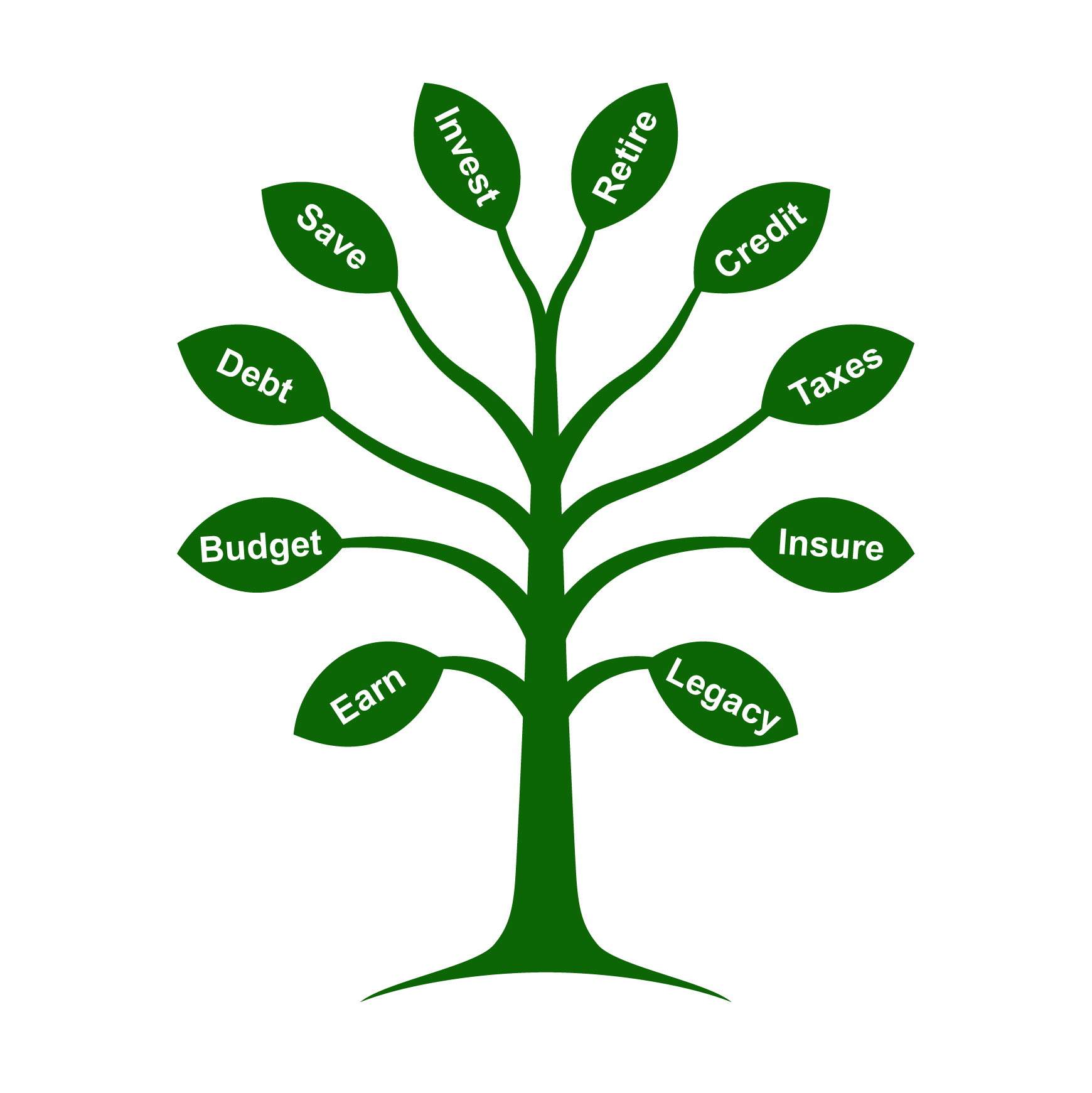Don’t Fret, You Can Learn Guitar Without Breaking the Bank

Whether your dream is to play in your very own garage band, perform at a local jazz club or just strum some chords on your front porch, the desire to learn guitar is a common aspiration. But the startup costs can be a little daunting. Buying a brand-new instrument from a retail store can range anywhere from $100 dollars for a no-frills model to $1,000 and upward for something more full-featured, while private lessons from a reputable instructor can run around $30 to $50 per hour. Luckily, there are budget-friendly alternatives that allow you to unleash your inner guitar god.
Purchasing a Pre-owned Instrument and Gear
Pre-owned instruments can get you strumming at a fraction of the price. Whether it’s an acoustic or electric guitar, you can find excellent second-hand options. For electric guitars, this strategy also works with amplifiers, pedals and other gear. Check online marketplaces like eBay, local classified ads or even music stores that sell used equipment. Always try out the merchandise before purchasing if possible to make sure it feels comfortable in your hands and sounds good to your ears.
Online Lessons: The World at Your Fingertips
Traditional lessons can be cost-prohibitive, but platforms like YouTube host free guitar tutorials from experienced guitarists. Subscription-based websites are also available at a much lower cost than in-person lessons, and many teachers offer instruction via Zoom. However, hands-on, in-person lessons can go a long way toward helping prevent bad habits and ensure proper technique. Consider group classes, community college courses or barter services with a musician friend to save.
Learning to Read Music vs. Tablature
Guitarists have a unique alternative to traditional music notation: tablature, or “tabs.” This shorthand shows you exactly where to place your fingers on the fretboard for each note, and it can enable beginners to learn songs more easily. It’s also widely available online for free, which can save you both time and money. However, tablature does have limitations: It doesn’t provide explicit rhythm notations (so it may not tell you the duration and timing of each note), it lacks information about dynamics (volume) and expression and it can inhibit ear training — an important skill when playing with other musicians. Learning to read music takes time and can be challenging, but it pays dividends by providing a deeper understanding of music and a framework that supports collaboration with a wider range of musicians.
Community Resources
Your local library may offer free resources to learn guitar, such as instructional books, sheet music and workshops. But beyond written instruction or more structured learning, playing with other people can be invaluable to your musical development. Connecting with fellow musicians in your area can lead to informal jam sessions and skill-sharing — and it can also enrich your social life.
Get in Tune for Less
Don’t settle for playing air guitar to save money — real strings are within your reach. Whether it’s exploring different musical styles or the cognitive benefits associated with learning a skill you can enjoy your entire life, playing the guitar can offer a myriad of rewards. As you progress, remember that every guitarist started as a beginner, facing challenges and milestones along the way. Embrace the learning process, stay curious and never hesitate to seek guidance when needed.


